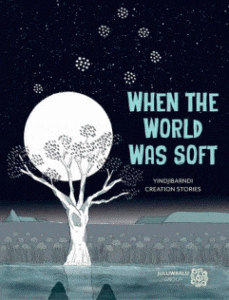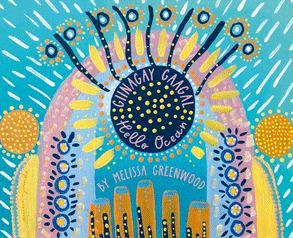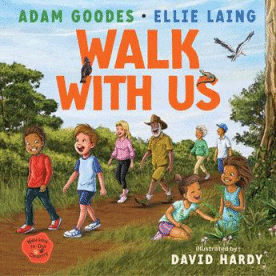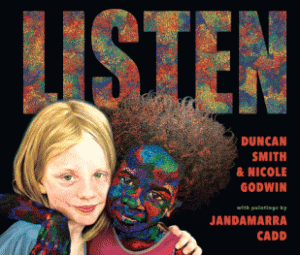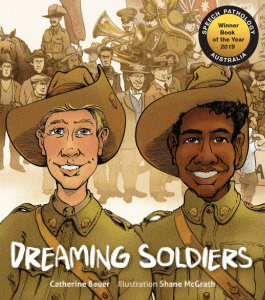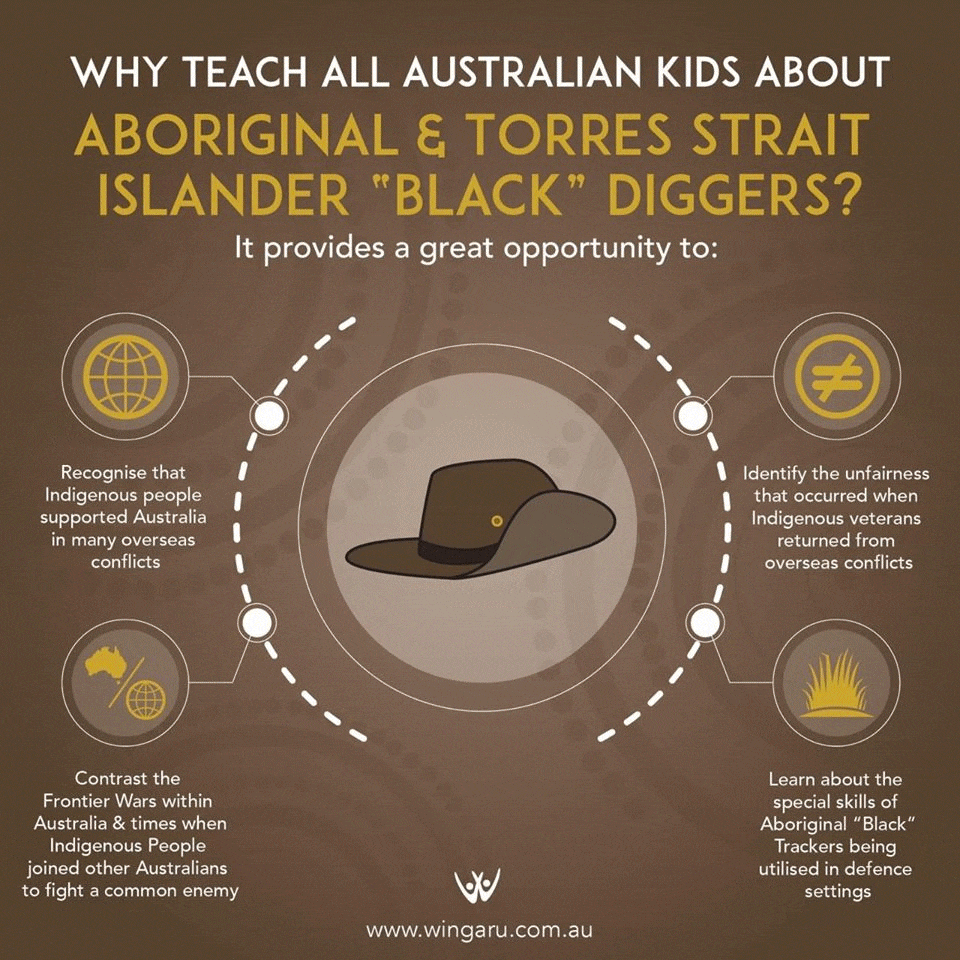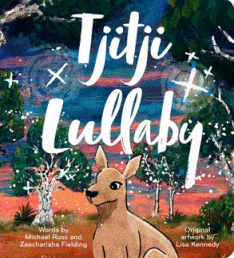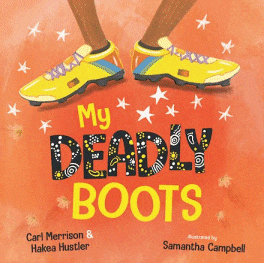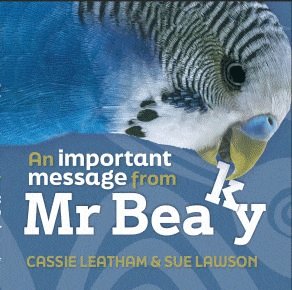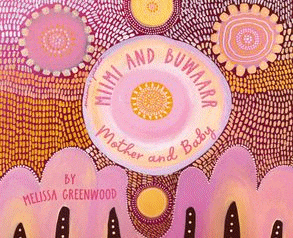
Miimi and Buwaarr, Mother and Baby
Miimi and Buwaarr, Mother and Baby
Melissa Greenwood
ABC Books, 2024
24pp., hbk., RRP $A24.99
9780733343018
Being your miimi (mother) is the most precious gift life can give.
When you were born you opened my heart as wide as the ocean.
There is no stronger bond than that between mother and child and using a palette as soft and gentle as the accompanying text, Gumbaynggir storyteller, artist and designer Melissa Greenwood, has created an ode between mother and newborn that tells the baby of the connections to their family, totems, language and environment both past and present and how they can draw on the characteristics to guide and protect them through their journey through life.
While it is a story that echoes the feeling between any mother and newborn. it is expressed in a way that shows the long, strong connections to family, land and culture that reach far into the past of First Nations families.
While it is written in a combination of English and Gumbaynggirr with a full Gumbaynggirr translation included, at the end, it is nevertheless one that could be in any language spoken in the world, so universal is it message. And as children learn their mother language-its meaning, its rhythm, its expression, its nuances -whatever it is, through listening to it, there is much that they absorb during these personal, precious moments beyond that expression of love. Therefore, these sort of lullabies have a unique place in language learning and should not only be among the gifts given to any new mother but also be the first in the baby’s library, regardless of their heritage..
